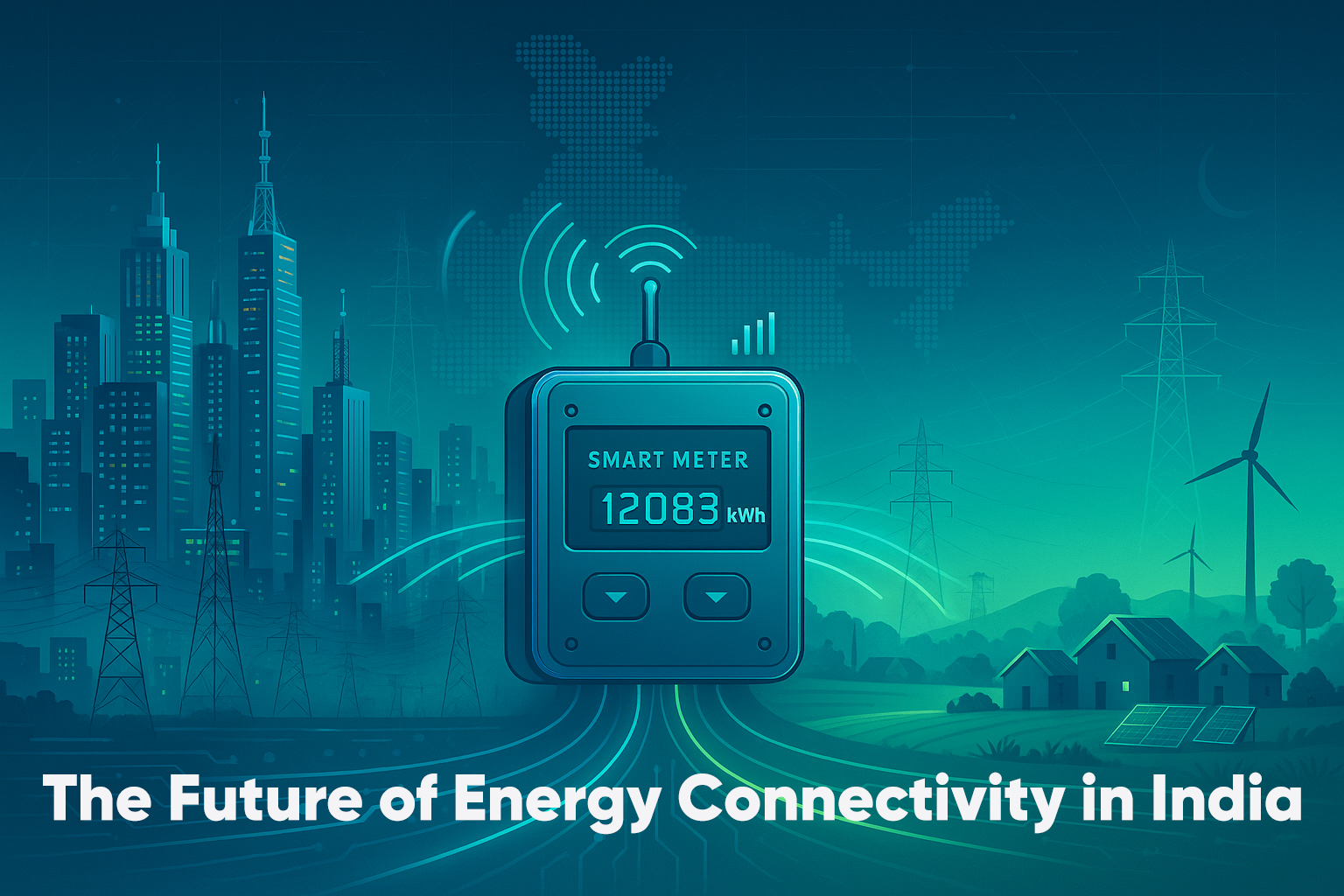



India’s power sector is undergoing a transformative shift. As the country advances toward large-scale smart metering, the need for a reliable, scalable, and cost-effective communication infrastructure is more pressing than ever. For smart metering programs to deliver on their promise of efficiency, transparency, and resilience, seamless data transmission is critical. For years, utilities have faced a tough choice: RF mesh networks or cellular-based smart meters. Both have their strengths, but they also come with challenges that can hold back progress. At Boltron, we’re not about picking sides. Instead, we’re combining the best of both worlds with a game-changing solution: the Hybrid In-Meter Gateway.
Picture this: in busy urban areas, RF mesh networks work like a charm. They’re cost-effective and create self-forming, self-healing communication canopies. But in rural or remote areas—like a quiet village or a far-off farm—these networks struggle. Setting up external RF infrastructure in those places can be expensive and complicated. On the other side, cellular-based meters seem like an easy fix for different areas. They connect directly to networks, no extra equipment needed. But the catch? They come with ongoing costs like SIM charges and network fees, and they don’t always work well in locations with weak cellular coverage Neither option fully meets the needs of India’s bold smart metering goals, especially when it comes to connecting semi-urban and rural communities.
That’s where Boltron’s Hybrid RF solution comes in, powered by our innovative In-Meter Gateway. This isn’t just a piece of tech—it’s a new way of thinking about how smart meters can work together, no matter where they are.
Here’s the magic of how it works:
In places like villages, islands, or farmlands, our smart meters with In-Meter Gateways team up to create a local RF mesh network. They chat with each other without needing a lot of extra equipment
Once that local network is up and running, the In-Meter Gateway has options:
This flexible, multi-path approach keeps meters connected, whether they’re in a crowded town or a remote hillside, cutting down on communication gaps and ensuring data gets where it needs to go.

Traditional RF setups often rely on external gateways placed at key spots, which can get pricey and tricky to manage, especially in rural areas. Our In-Meter Gateway flips that model on its head.
By building gateway and cellular backup features right into each smart meter, we’re cutting out the need for extra infrastructure. The result?
This approach makes smart metering not just practical but also budget-friendly, especially for India’s vast rural and semi-urban areas where every rupee counts.
At Boltron, we’re passionate about powering India’s energy future. Our goal is to give utilities smart metering solutions that are cutting-edge yet practical, affordable, and ready to scale across the country’s diverse landscapes.
The Hybrid In-Meter Gateway isn’t just a tool—it’s a bridge to India’s smart grid dream. As the energy sector goes digital, this innovation ensures no community, no matter how remote, gets left in the dark.
Let’s have a conversation.